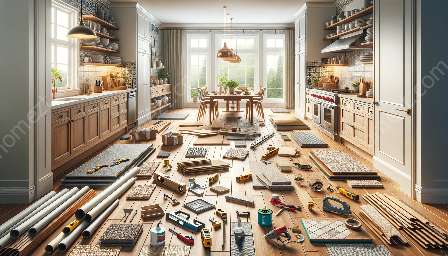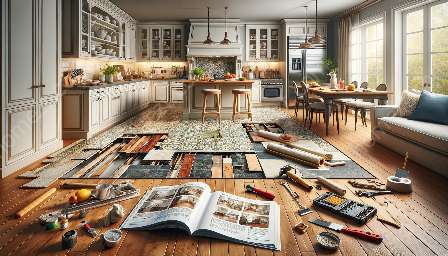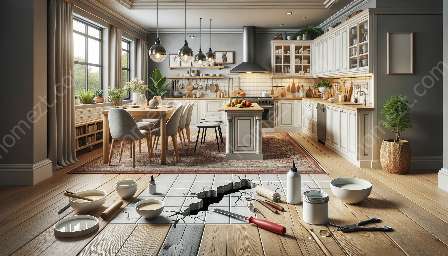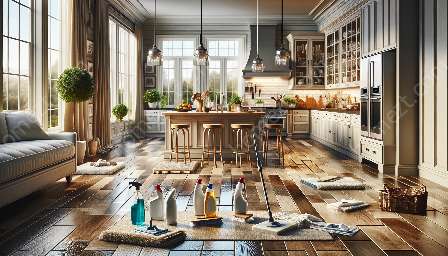Has your kitchen flooring been subjected to damage, leading to unsightly cracks, warping, or water damage? In this comprehensive guide, we'll explore the steps to repairing damaged kitchen flooring, ensuring that your kitchen remains a functional and appealing space.
Identifying the Issue
Before diving into the repair process, it's crucial to identify the root cause of the damage. Common issues with kitchen flooring include water damage, cracks due to wear and tear, and warping caused by changes in humidity.
Assessment
Start by thoroughly inspecting the damaged areas. Look for signs of moisture or water damage, such as discoloration or soft spots. Additionally, check for cracks, lifting, or warping.
Water Damage
If you suspect water damage, it's essential to address the source of the moisture before proceeding with the repairs. This may involve fixing leaks, improving ventilation, or addressing plumbing issues.
Type of Flooring
The repair process will vary depending on the type of flooring in your kitchen. Common kitchen flooring materials include tile, hardwood, laminate, and vinyl. Each material calls for specific repair techniques and tools.
Repair Techniques
Tile Flooring
For tile flooring, start by removing the damaged tiles using a chisel and hammer. Clean the area thoroughly and apply fresh mortar before setting new tiles in place. Ensure proper grouting to seal the gaps.
Hardwood Flooring
If you have hardwood flooring, repairing minor damage may involve sanding the affected area, applying wood filler, and refinishing the floor. More severe damage might require the replacement of individual planks.
Laminate and Vinyl Flooring
For laminate or vinyl flooring, carefully remove the damaged sections using a utility knife. Install replacement planks or tiles, ensuring a secure and seamless fit.
Maintenance and Prevention
Once the repairs are complete, it's vital to implement proper maintenance strategies to prevent future damage. Regular cleaning, prompt addressing of spills, and using protective pads under heavy furniture can help preserve the flooring's longevity.
Sealing and Waterproofing
If your kitchen flooring is susceptible to water damage, consider applying a sealant or waterproof coating. This extra layer of protection can safeguard the flooring from moisture, particularly in areas prone to spills or splashes.
Consulting Professionals
In some cases, extensive or complex damage may require the expertise of flooring professionals. Don't hesitate to seek guidance from experts who can assess the situation and provide tailored repair solutions.
Regular Inspections
Lastly, make it a habit to conduct regular inspections of your kitchen flooring. Early detection of issues can prevent minor concerns from escalating, ultimately saving you time and money in extensive repairs.
Conclusion
Repairing damaged kitchen flooring is a task that demands attention to detail and a methodical approach. By identifying the issue, employing the right repair techniques, and implementing preventive measures, you can maintain the beauty and functionality of your kitchen's flooring for years to come.







































